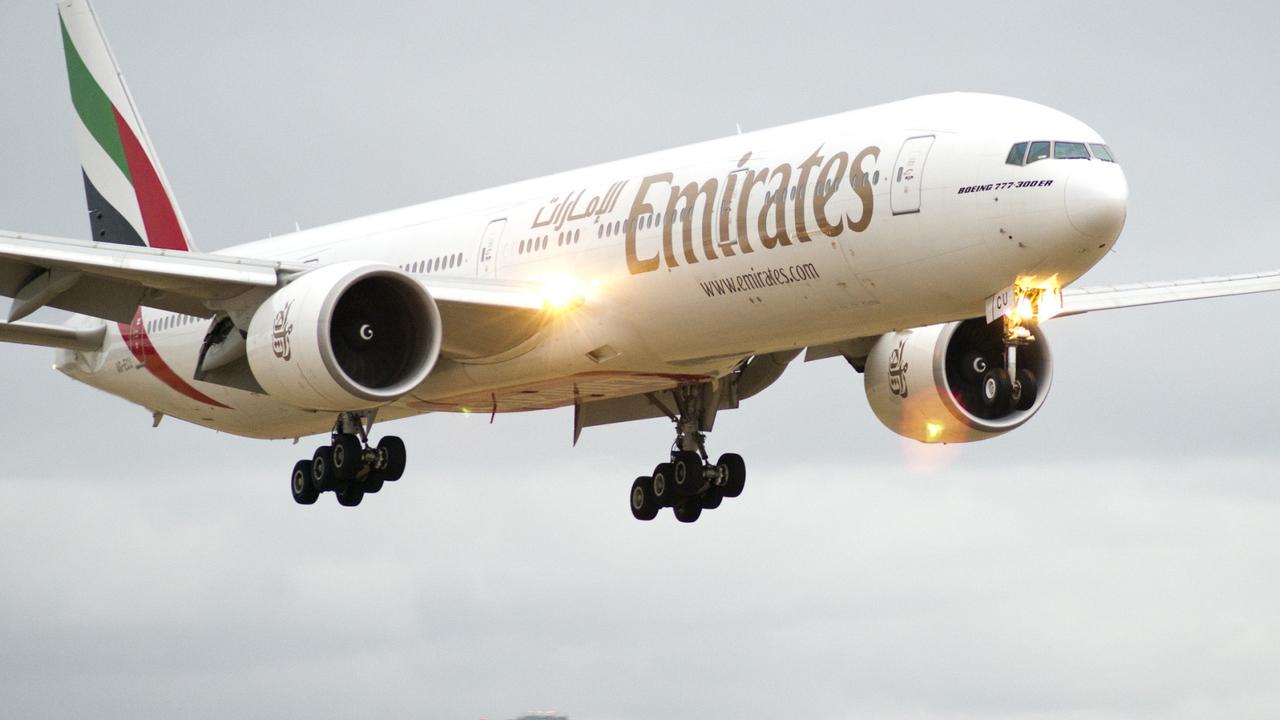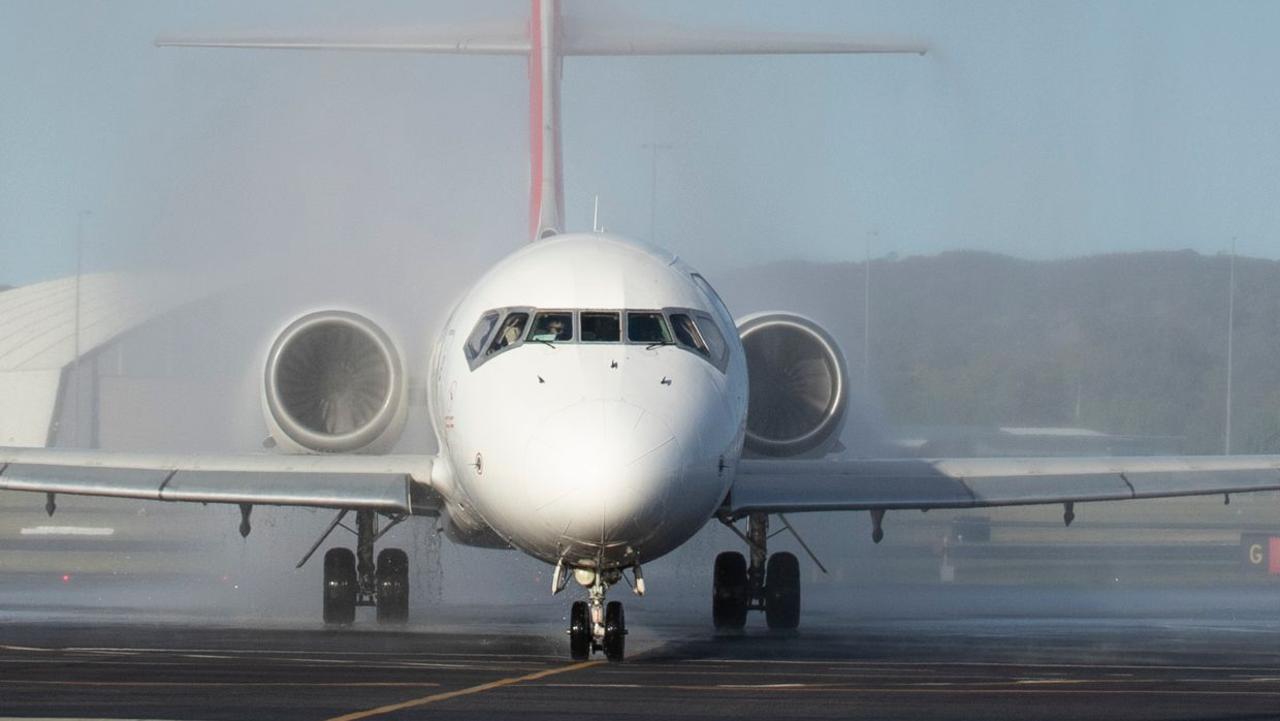Pilot reveals worst turbulence area in world
A Sydney pilot has revealed the area with the worst turbulence in the world in a clip that has gone viral with two million likes.
Sydney pilot and reality TV star Jimmy Nicholson has revealed the area in the world with worst turbulence.
The former Bachelor Australia star who was part of show’s ninth season in 2021, has piloted Airbus planes for just over five years — and in January announced he will be moving on to Boeing’s fleet.
He has garnered a huge following on TikTok and Instagram on his life as a pilot with his most recent post on turbulence attracting two million ‘likes’.
He not only explains areas pilots can expect the worst turbulence but also how the Singapore Airlines’ horror flight didn’t experience a “sudden drop”.
It comes after the flight suffered extreme turbulence while travelling from London with a British man dying from a suspected heart attack on-board and others severely injured.
Intertropical Convergence Zone (ITCZ)
In the clip, Nicholson explained that pilots can expect the worst turbulence around the equator in what is called the Intertropical Convergence Zone (ITCZ).
“This is where the winds with the northern hemisphere often converge with the winds of the southern hemisphere often causing bad weather and turbulence,” he said, adding that the ITCZ changes throughout the year.
He used a graph to show the difference between January and July.
“As you can see here, this is the approximate location of the convergence zone on the 21st of May,” he explained. “This is also the exact area of where the [Singapore Airlines] incident happened.

“As you can see from flightradar, the flight was tracking from Singapore to London and then made a left turn and ended up diverting into Bangkok.”
He said the 6000 foot drop wasn’t a “sudden” drop as a result of severe turbulence.
“The plane descended from 37000 feet at six minutes past the hour, down to 31000 feet at 12 minutes past the hour,” he explained.
“This is not a sudden drop due to turbulence, this is a controlled descent likely because the plane needed to divert into Bangkok, or because they were descending out of the turbulence.
“This is a very sad and very rare event,” he continued. “But it is important to remember that these things don’t happen very often.
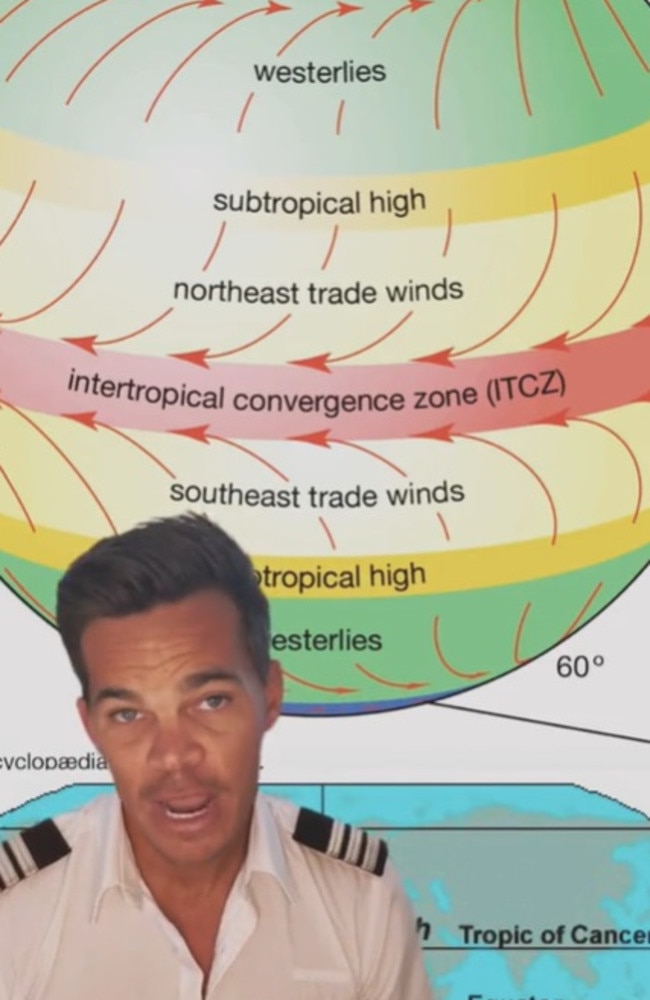
“We do our absolute best to avoid turbulence but sometimes it happens, often around the convergence zone.
“This is why pilots always say on the PA when you’re seated make sure you seatbelt is fastened in case we experience an unexpected turbulence.”
‘The plane isn’t going to fall out of the sky’
When someone asked how “difficult/ easy” is it for pilots to avoid turbulence, Nicholson responded: “It’s like riding your car over bumps and swinging to avoid it.”
In a separate post, he reassured viewers that when turbulence hits, the “plane isn’t going to fall out of the sky”.
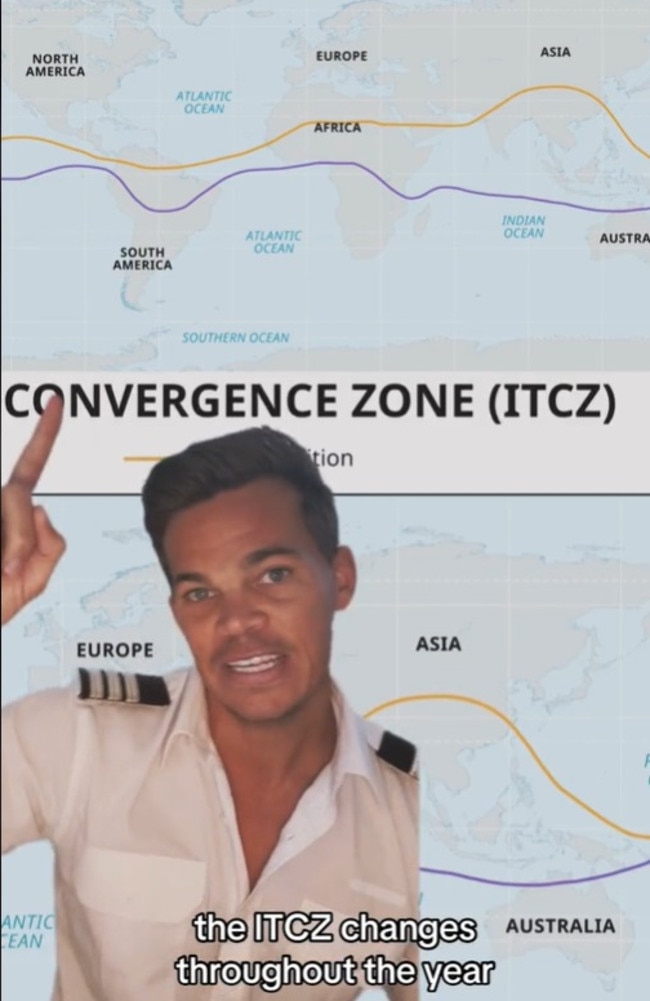
He said that as a pilot, questions surrounding turbulence is something he always gets asked and described it as like driving over potholes.
“The car will not fall through the pothole. You’re going to slow the car down and you’re gonna go over the bumps,” he said.
“What do we do as pilots is we slow the aircraft down and we either climb or descend or we sit about a little bit.”
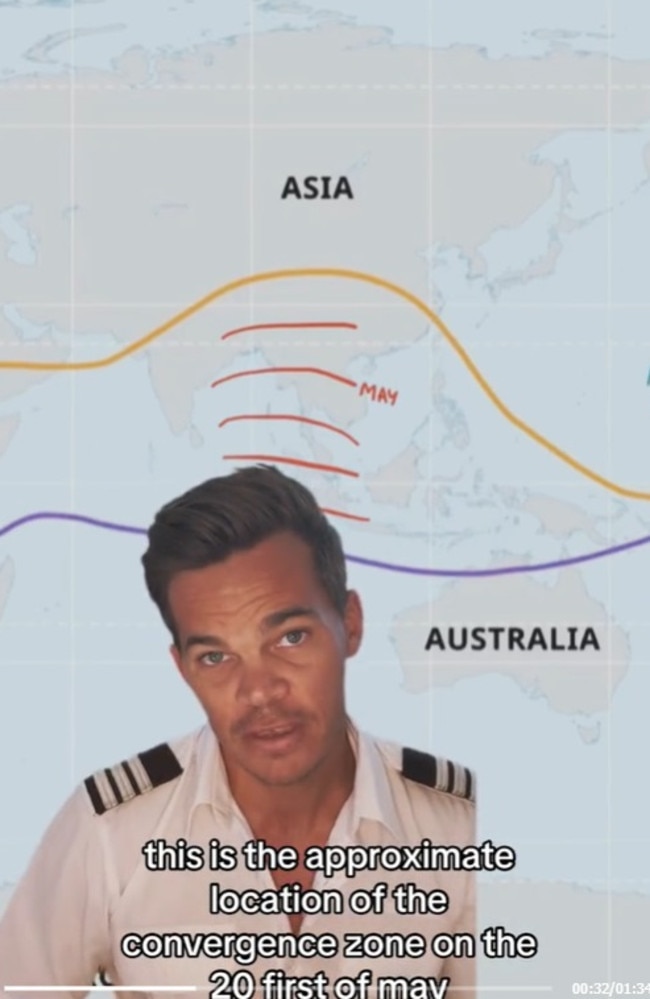
Unexpected turbulence in clouds
Meanwhile, as of last Thursday, a dozen Australians were still in hospital following the Singapore Airlines incident, with three in intensive care.
The Boeing 777 made an emergency landing at Bangkok on May 21 Tuesday after the plane hit an air pocket about 10 hours into the flight from the UK capital.
Emeritus Professor Jason Middleton, who was head of the UNSW School Of Aviation from 1995 to 2017, said the reality was that aircraft do not have a turbulence monitor, and it is why he only ever takes his seat belt off to go the aircraft lavatory.
“The [weather] radar doesn’t show turbulence, the radar only shows rainfall, it only shows water droplets,” he told news.com.au.
Prof Middleton explained that when pilots see patches of heavy rain and thunderstorms showing up on the radar, they will avoid it, however, areas showing up clear on the radar do not necessarily have no clouds or turbulence there – there are just no water droplets big enough to be detected.
This could be one of two possible explanations as to why the extreme turbulence on flight SQ321 felt as if it came out of nowhere.
Prof Middleton said one possible cause of the unexpected turbulence may have been clouds without rain.
“If they’re already within the clouds somewhere … they can’t see visually [out the cockpit window] because they’re in clouds,” he said. “You’d be lucky to see a few hundred metres or a kilometre in cloud.”
The sudden turbulence could also have been hit in clear skies with no clouds.
More Coverage
Clear air turbulence can be caused by jet streams, narrow bands of strong wind in the upper levels of the atmosphere, and those winds can be 120-150km/h.
“If you’ve got very strong winds and slower air below, then what you’ll have is a turbulent layer between the strong winds and the weak winds,” Prof Middleton said.
– with Chantelle Francis




